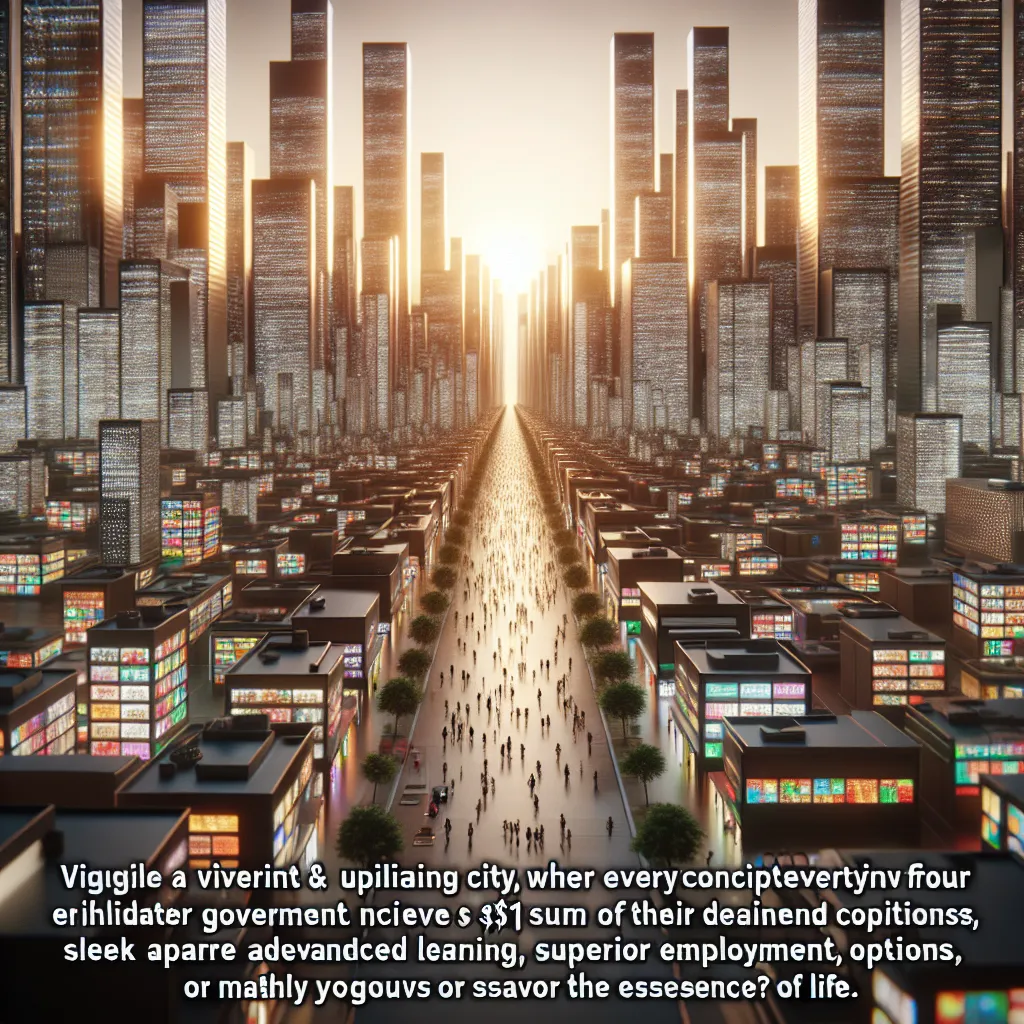Ever wondered how many moons Earth could actually handle? It’s a fascinating thought experiment. The main consideration here is space - any moon needs a clean orbit. We have to consider two things: it can’t be too far away, or it won’t stay in a stable orbit around us, and it can’t be too close either, because Earth’s gravitational pull would just break it into pieces.
These outer and inner boundaries define a “moon zone,” a donut-shaped area around Earth where additional moons could potentially exist. Each moon needs its own “personal submoon zone,” much like runners on an Olympic track needing their own lanes. These zones shouldn’t overlap to prevent any mutual influences.
The size of a moon also matters. The bigger the moon, the more space it needs. Simulations suggest that Earth could host up to seven moons the size of the dwarf planet Ceres, four Pluto-sized moons, or three moons the size of our current one.
If we had multiple moons, things on Earth would change. Tides could be more intense, and we might have different calendar systems. But imagine the view—on some nights our sky could boast three bright moons, casting stunning shadows on each other. Now, wouldn’t that be a sight to behold?






